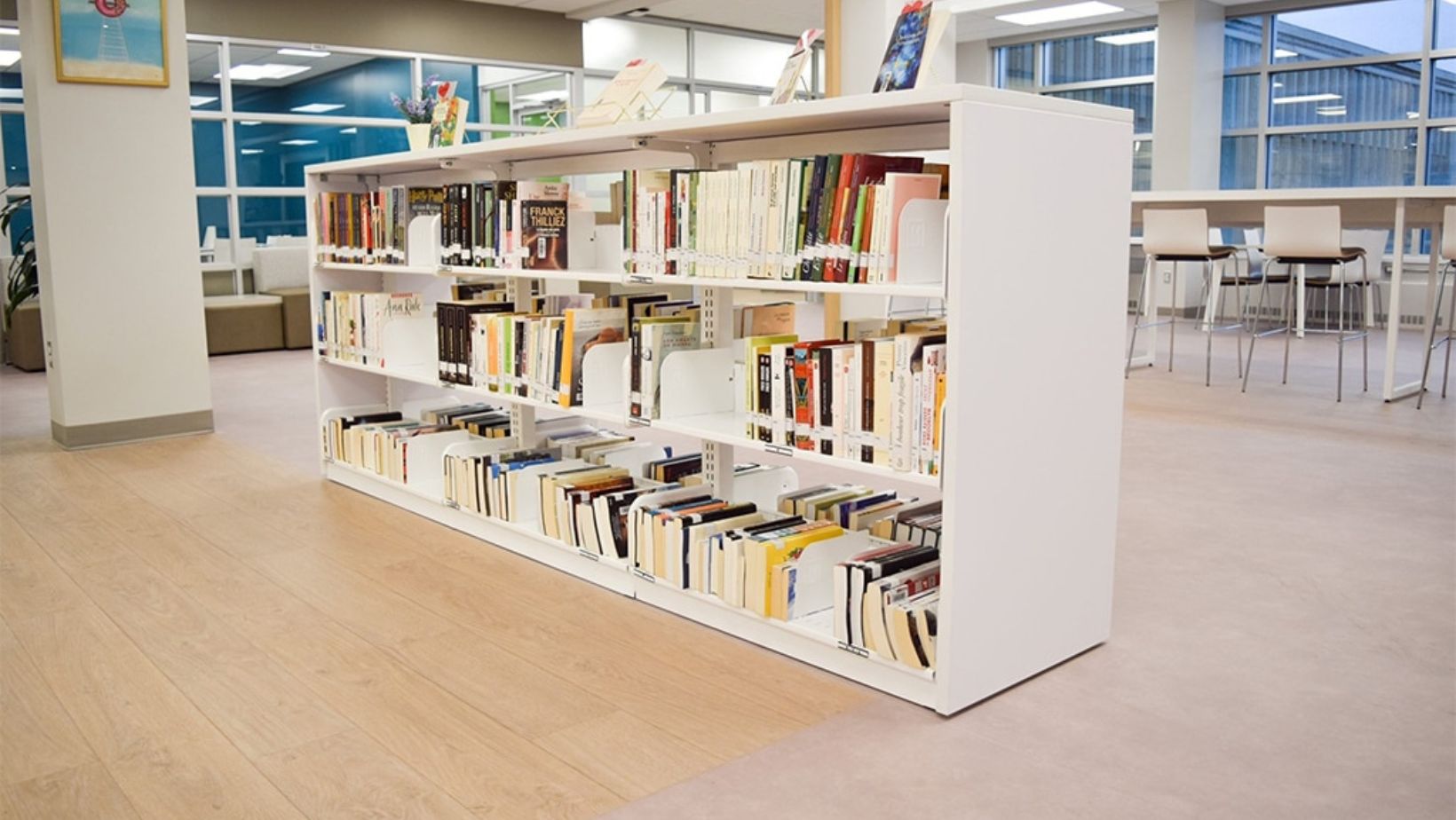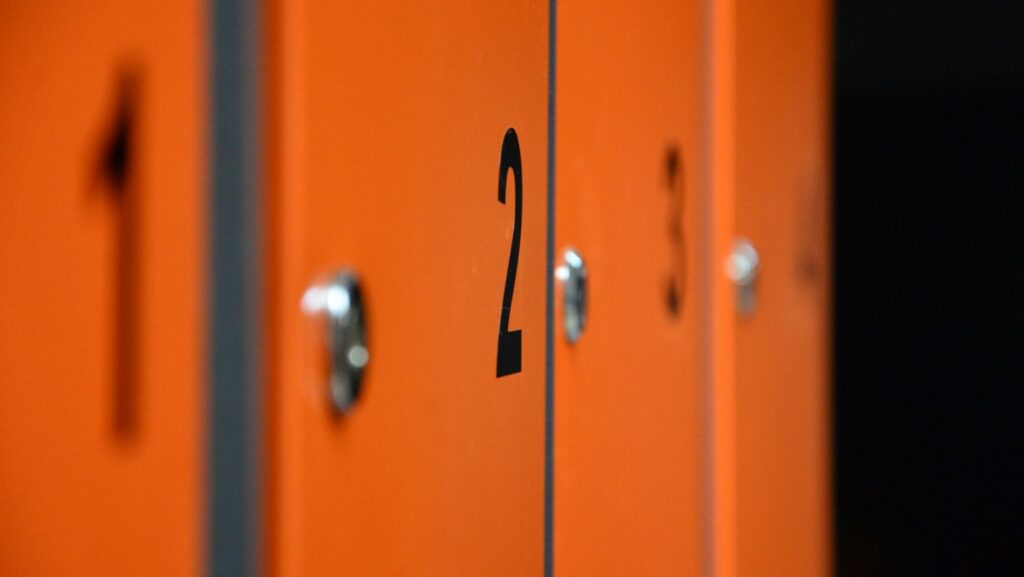In educational environments, organization is critical for maintaining a productive atmosphere. Teachers and students alike benefit from an efficient, well-organized space, where materials are easily accessible and clutter is minimized. Effective storage solutions play a key role in this, enhancing not only the aesthetics of the classroom but also contributing to smoother day-to-day operations.
Having appropriate storage systems in place can profoundly affect the learning experience. From boosting classroom management to fostering a more engaging environment, here are some reasons why storage solutions are indispensable in educational settings.
Promotes a Decluttered and Focused Learning Space
A clean, organized classroom allows students to focus better on their tasks. Visual clutter can be distracting, leading to decreased attention spans and hindering overall learning. By implementing well-thought-out storage systems, educators can keep materials such as books, art supplies, and teaching tools in designated spaces. This reduces the amount of clutter in the classroom, making it easier for both students and teachers to find what they need quickly.
For example, open shelving units, wall-mounted cubbies, and labeled drawers all contribute to an organized environment. These solutions ensure that items are accessible without causing visual distraction. When students aren’t overwhelmed by mess, they can direct their focus on learning, which leads to better engagement and academic performance.
Enhances Classroom Management
Classroom management is a critical component of effective teaching, and storage systems can support this by streamlining daily routines. When supplies are stored in an organized way, transitioning between activities becomes more efficient. Teachers waste less time searching for materials, allowing for smoother lesson flow.
Designated storage spaces for each type of material, from textbooks to craft supplies, help students understand where to retrieve and return items. This fosters responsibility and independence, as students can take ownership of maintaining the organization of their space. With clear systems in place, students are more likely to follow classroom rules regarding material usage, ultimately reducing disruptions and enhancing the overall learning atmosphere.
Facilitates Access to Resources
A key benefit of effective storage systems is the improved accessibility to learning materials. Whether it’s textbooks, science kits, or art supplies, having these resources easily accessible ensures that students can engage with a variety of learning tools without unnecessary delays.
In classrooms with younger students, easily reachable storage units enable children to develop self-sufficiency, fostering their independence. In contrast, for older students and teachers, specialized storage solutions like filing cabinets or mobile carts help streamline administrative tasks, making it simpler to organize lesson plans and student assignments. Accessibility to resources encourages a more interactive learning environment, empowering students to take initiative in their learning journey.
Supports a Safe and Efficient Environment
Safety is a top priority in any educational setting, and storage systems contribute to maintaining a safe learning space. Overcrowded shelves, unstable bookcases, and cluttered floors can present hazards that lead to accidents. Well-designed storage systems help prevent these issues by ensuring that everything has its proper place.

In particular, schools can benefit from investing in storage units that are designed with safety in mind, such as those with rounded edges, secure shelving, and appropriate weight distribution. By reducing the risk of items falling or students tripping over misplaced materials, storage systems make classrooms safer and more efficient.
Adaptability to Various Classroom Needs
No two classrooms are alike, and storage needs can vary depending on the grade level, subject, and teaching style. Storage systems that are flexible and adaptable to different environments are especially useful. For example, mobile storage units can be moved around the classroom as needed, offering a versatile solution for teachers who frequently change their room layout or teaching methods.
For art classrooms, having dedicated storage for supplies like paints, brushes, and paper is essential, while science classrooms may require specialized shelving for lab equipment. Even standard classrooms benefit from customizable storage options that can be adjusted to accommodate changing needs throughout the school year. The ability to tailor storage systems to meet specific requirements makes them invaluable in the educational setting.
The Role of Storage Suppliers in Schools
In addition to choosing the right storage systems, schools also benefit from partnering with suppliers that offer a wide range of products suited to educational environments. Companies that specialize in educational storage solutions can provide schools with a diverse selection of options, including open shelving units, sturdy school bookcases, and cabinets. These suppliers understand the unique needs of classrooms and offer products that are both durable and adaptable to the dynamic nature of educational settings.
By working with these specialized suppliers, schools ensure that they have access to high-quality, durable storage options that meet the practical demands of daily classroom use. Moreover, reliable suppliers often offer customized solutions that can be tailored to specific classroom layouts and teaching styles, ensuring that each educational environment receives the most appropriate storage systems.
Boosts Longevity of Classroom Materials
Well-organized storage systems do more than just provide order; they also help protect and preserve classroom materials. Textbooks, supplies, and equipment are often subject to wear and tear, especially in high-traffic classrooms. Proper storage reduces the likelihood of damage, ensuring that these materials last longer and remain in good condition for future use.

For example, using storage cabinets with proper ventilation can help preserve art supplies or chemicals used in science experiments. Secure shelving can protect delicate instruments and prevent damage from accidents. Overall, investing in quality storage systems ultimately reduces replacement costs and helps schools manage their resources more effectively.
Contributes to a Positive Learning Environment
The impact of effective storage systems extends beyond mere functionality. A well-organized classroom contributes to a positive learning environment by creating a welcoming, calming space where students feel comfortable and motivated to learn. Teachers, too, benefit from the ease of access to materials, enabling them to focus more on teaching and less on logistics.
In addition, visually appealing storage units, such as colorful cubbies or sleek bookcases, can enhance the aesthetic of the classroom, making it a more enjoyable place for both teachers and students. A positive, well-organized learning environment encourages students to engage actively in their lessons, leading to improved academic outcomes.
Effective storage systems are more than just organizational tools in educational settings. They enhance classroom management, support safety, and promote a focused learning atmosphere. By investing in high-quality, adaptable storage solutions, schools create environments that foster better learning experiences, benefiting both students and teachers alike.
